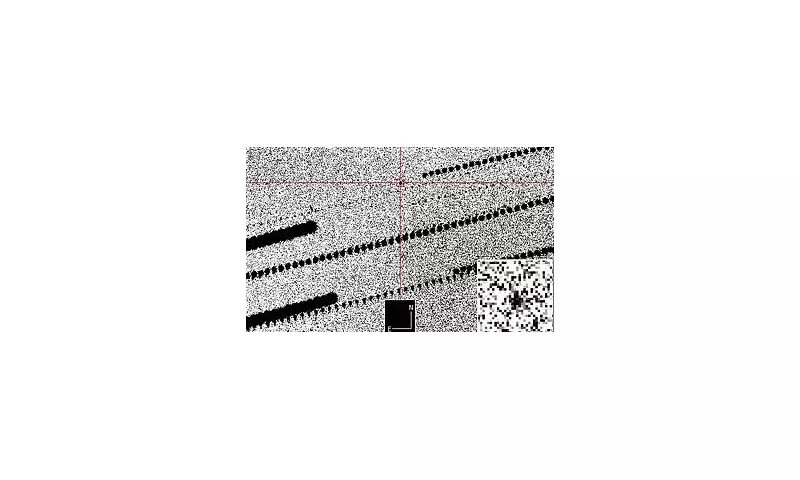
In an event that has astronomers and space agencies worldwide watching closely, a colossal asteroid measuring between 1,150 and 2,560 feet in diameter is set to make an unnervingly close pass by Earth in 2029. Designated 99942 Apophis, this space rock will come within just 19,635 miles of our planet's surface - closer than many of our communication satellites orbit.
The 2029 Close Encounter: What to Expect
NASA's planetary defence experts have confirmed that Apophis will make its closest approach on Friday, 13th April 2029. At this distance, the asteroid will be visible to the naked eye from the Eastern Hemisphere, appearing as a bright point of light moving rapidly across the sky from eastern Australia to the west coast of Africa.
Dr. Paul Chodas, manager of NASA's Center for Near Earth Object Studies, stated: "This will be one of the most significant asteroid close approaches in recorded history. We'll have an unprecedented opportunity to study a relic from the solar system's formation up close."
Should We Be Concerned About Impact?
Despite the proximity, NASA has categorically ruled out any chance of Apophis colliding with Earth during this pass or for at least the next century. Extensive radar observations and precise orbit calculations have eliminated any impact risk for the foreseeable future.
"The 2029 close approach is actually a blessing in disguise," explains Dr. Marina Brozović, a radar scientist at NASA's Jet Propulsion Laboratory. "We'll be able to study how Earth's gravity affects the asteroid's surface and rotation, giving us crucial insights into its internal structure."
Scientific Goldmine: What We Hope to Learn
This extraordinary celestial event presents a unique scientific opportunity:
- Surface Composition Analysis: Scientists will study Apophis's surface to understand its mineral composition and origins
- Orbital Dynamics: Researchers will observe how Earth's gravity alters the asteroid's path and rotation
- Planetary Defence Testing: The close approach serves as a real-world test of our asteroid tracking capabilities
- Solar System History: Apophis represents a pristine sample of material from the early solar system
Future Monitoring and Planetary Defence
While Apophis poses no immediate threat, its close approach highlights the importance of continued investment in planetary defence systems. NASA's DART mission, which successfully demonstrated asteroid deflection technology in 2022, shows that humanity is developing the tools to protect our planet from potential future impacts.
As space agencies around the world prepare for this historic close encounter, one thing remains clear: we're living in an era where we can not only predict these cosmic events but also use them to expand our understanding of the universe we inhabit.




